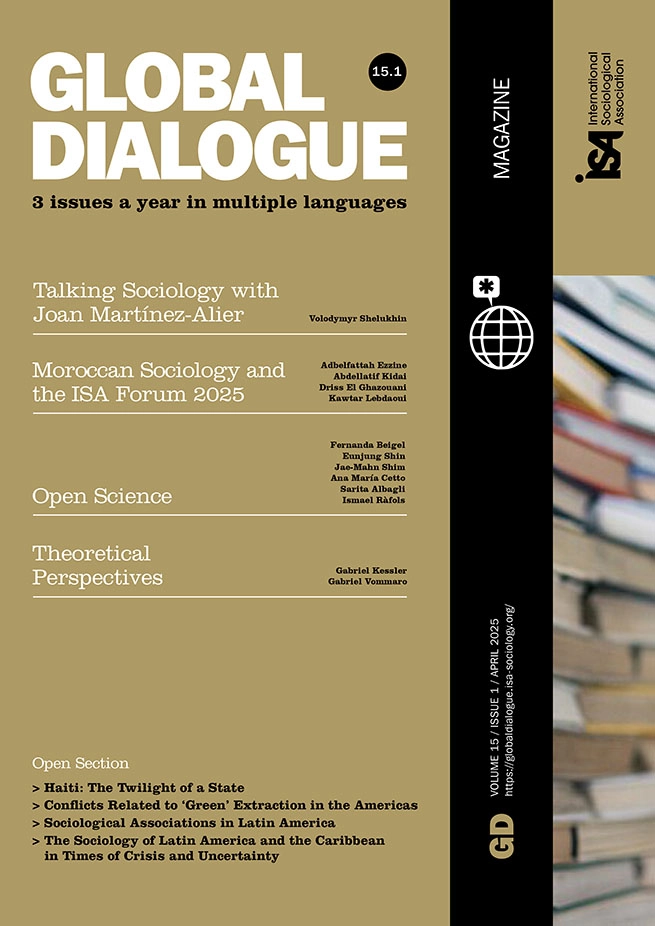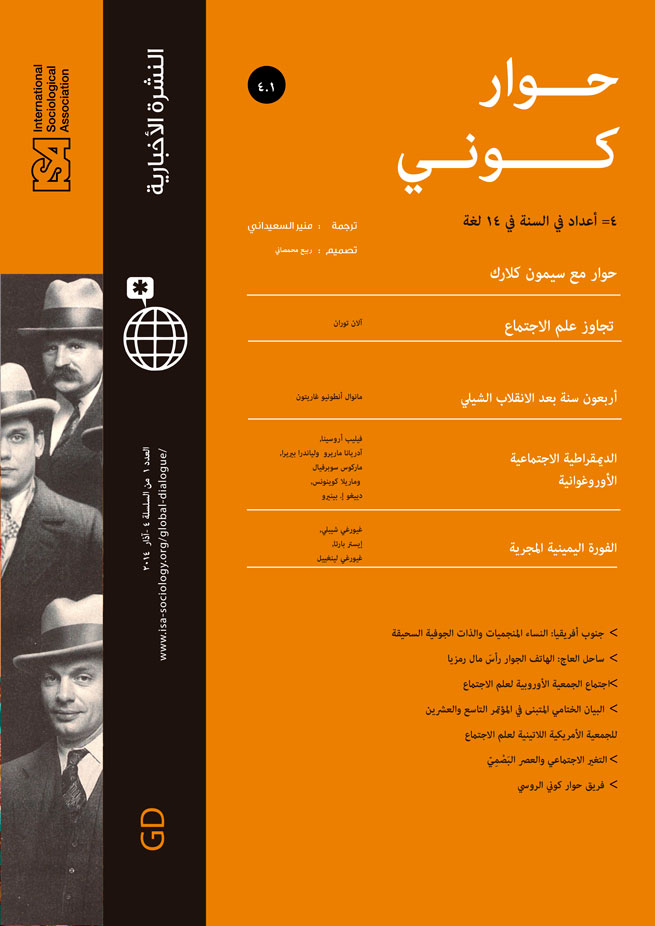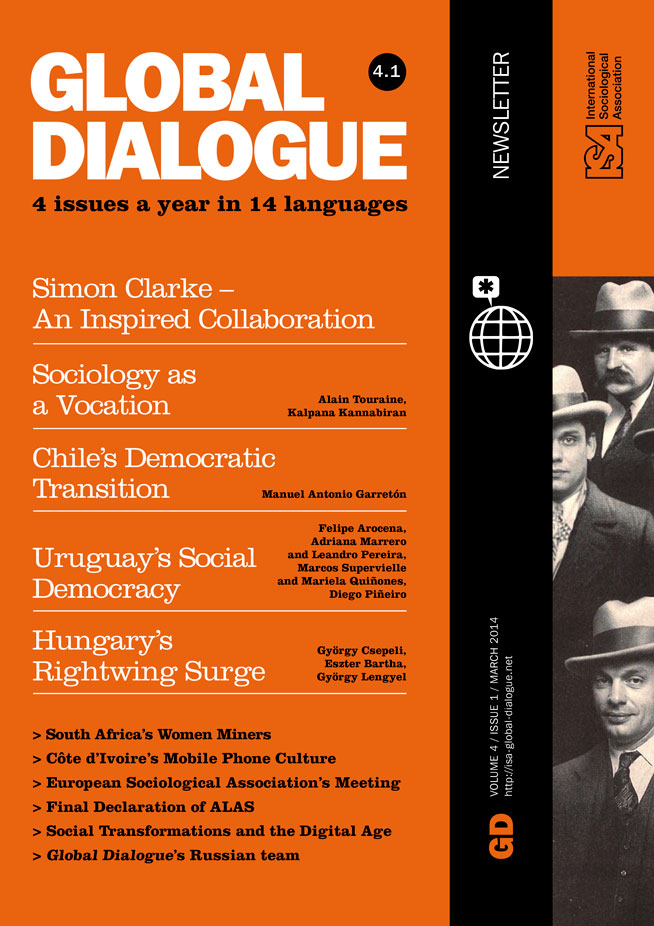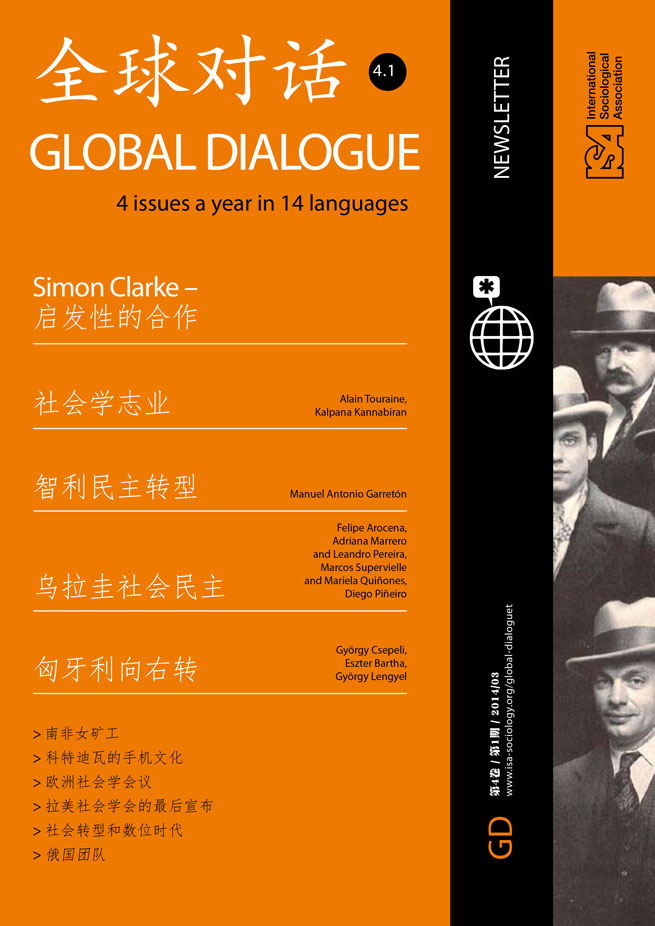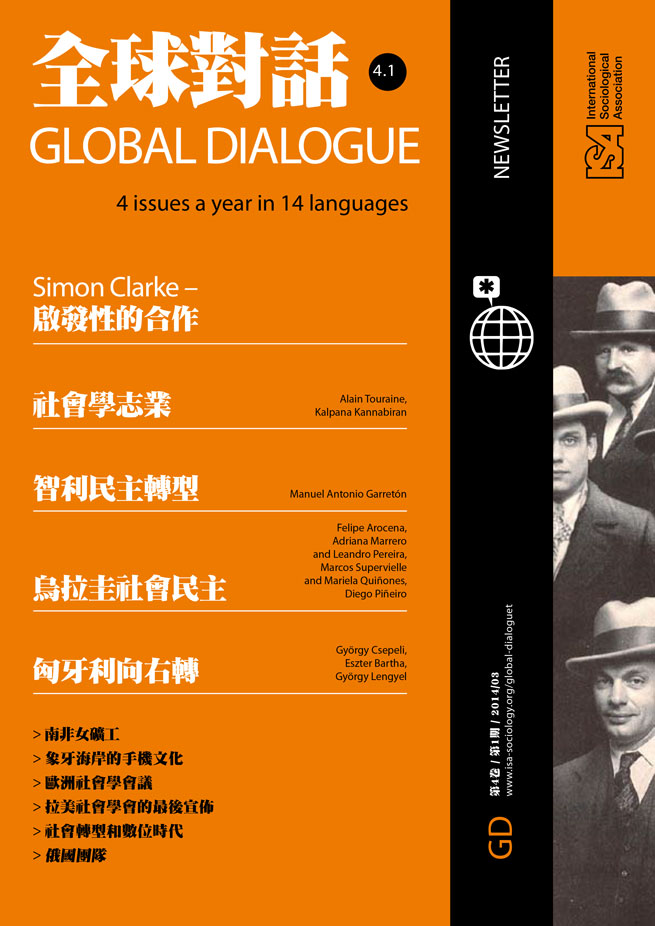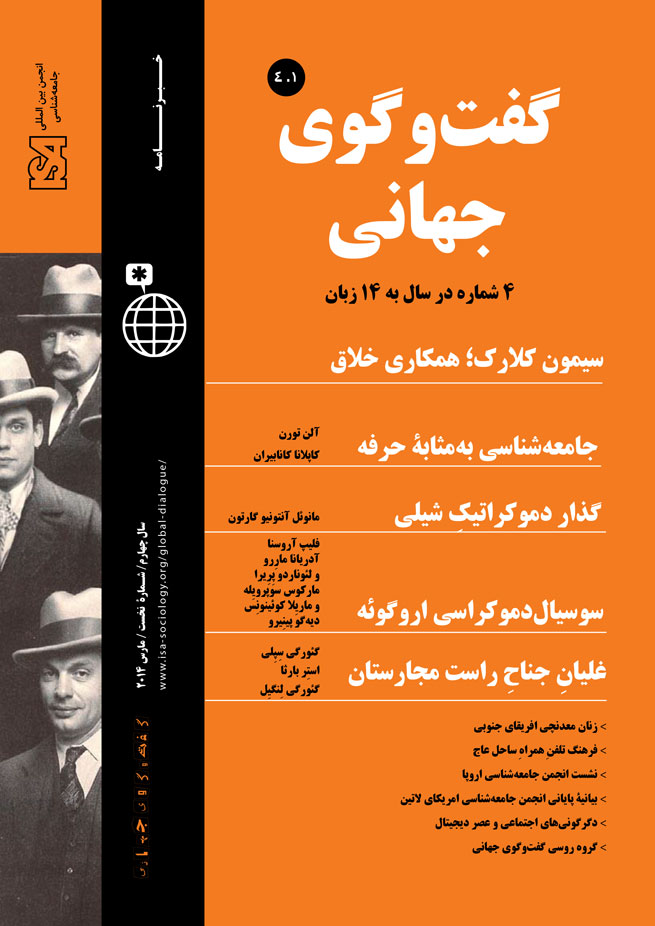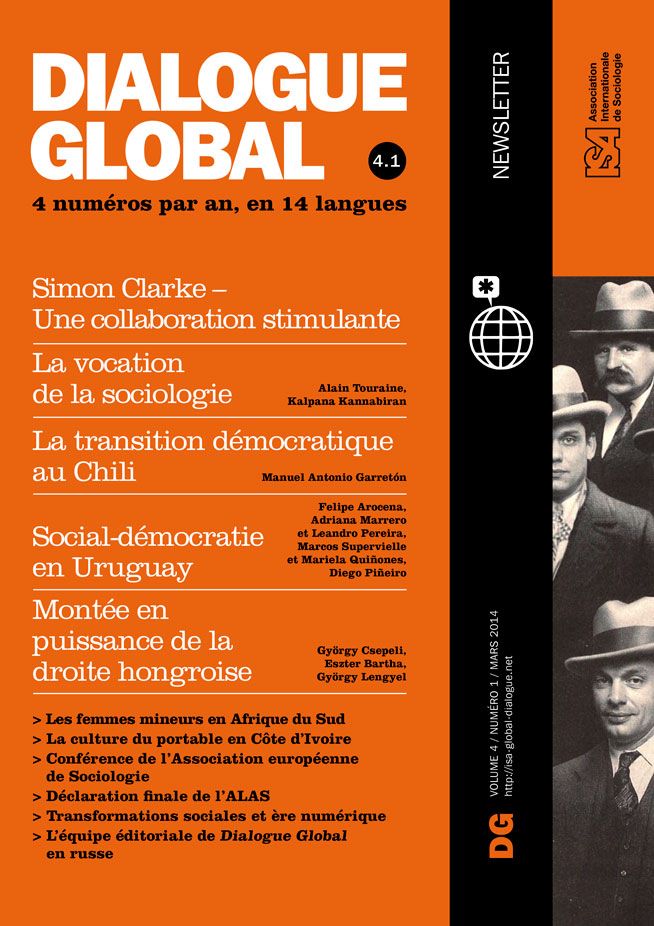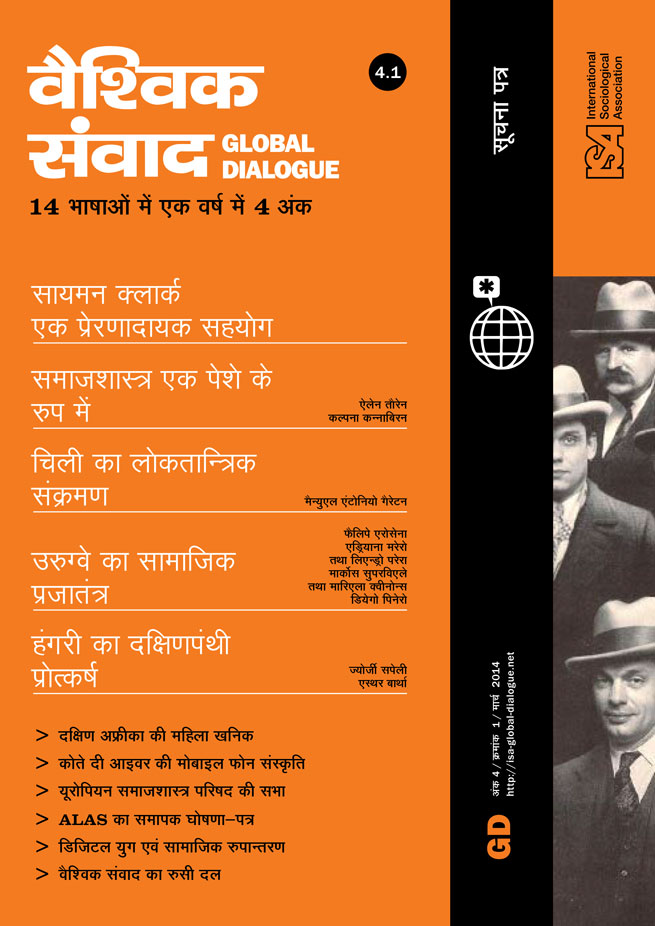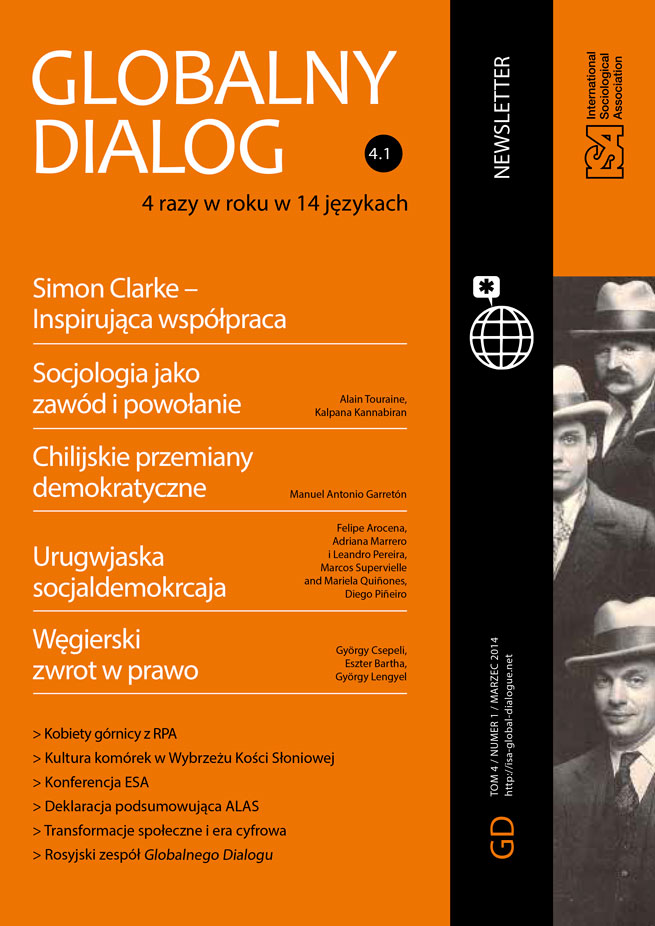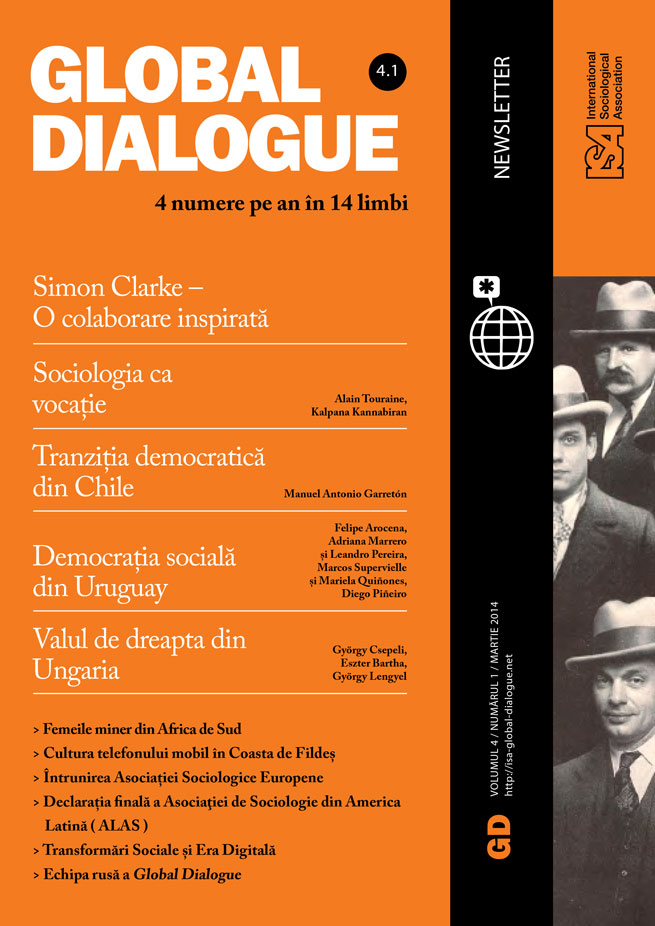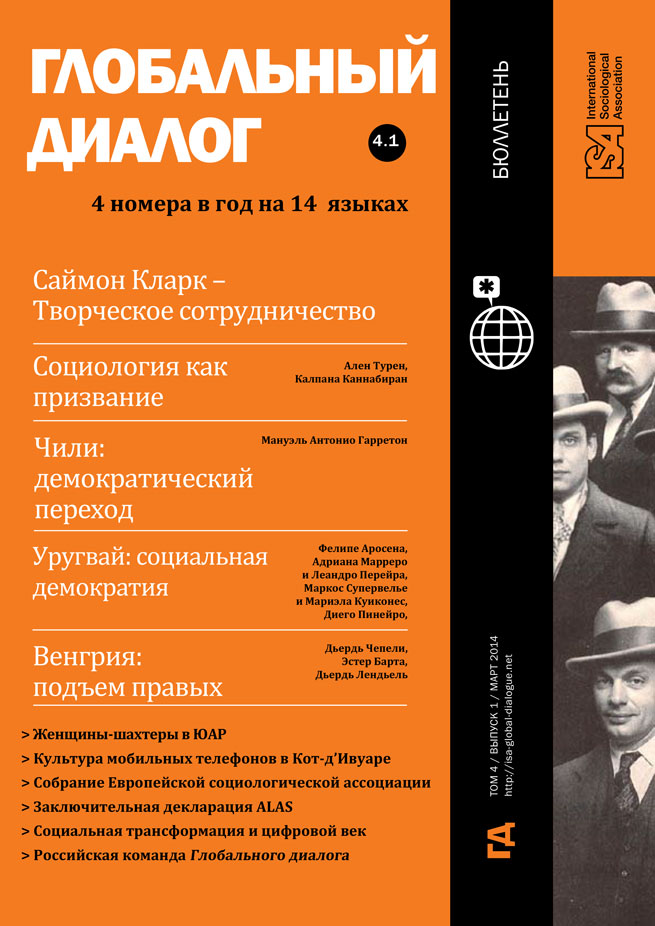Uruguay’s Agrarian Revolution

February 10, 2014
In 2002 a deep economic and social crisis struck Uruguay after twenty years of neoliberal reforms, under the direction of the traditional parties. In 2005, the leftist Frente Amplio (Broad Front) won the election and began the arduous task of rebuilding the country. In subsequent years the economy grew at the highest rate on the continent, while redistributive policies managed to reduce poverty and destitution at unprecedented rates. Many of these achievements were due to the strong growth of the agricultural sector, which underwent a profound structural transformation in those years.
The structure of rural society in Uruguay had changed little in the course of the twentieth century. At its summit were the owners of relatively large livestock and agricultural establishments engaged in the production of commodities for export. Due to the early formation of capitalist agriculture, wage workers provided much of the rural labor force, but, at the same time, there was also a sizable number of family producers (more farmers than peasants) of European origin who produced food for the internal market. At the beginning of the new century much of that social structure was revolutionized in an ongoing process that I will describe here.
Since the end of the last century there has been a growing demand in the world market for food, fiber, and raw materials for the production of biofuels. The inclusion of vast populations in emerging economies as new consumers has raised the prices of these products. As a producer of these goods in high demand, Uruguay has experienced an increased intensity in land use. The country combined increased exploitation of new land for growing grains and oilseeds with an increase in the productivity of livestock, resulting in increased production and exports of agricultural products. To these forms of production – which can be thought of as more traditional – we must add forestry. Due to government subsidies, which began in 1987, there are today more than a million forested hectares, with timber being processed by two pulp production plants constructed and operated by multinational corporations. Another ingredient affecting the relative balance of different forms of production, is the rise of biofuels, led by the state oil company.

Land prices provide a clear indicator of these changes in the agricultural world. During the last decade, the average price of land has increased sevenfold. But for the largest farms (over 2,500 hectares) the increase has been twelve-fold, leading both small and large producers to sell their land. The result has been a growing concentration and foreign ownership of land. Preliminary data from the most recent Agricultural Census of 2011 show that if in the year 2000 there were 57,131 agricultural plots, eleven years later only 44,890 remained. Even though 91% of the 12,241 plots that disappeared had fewer than 100 surface hectares, there are indicators that point to the displacement not only of smallholders as in the decades of the 70s and 80s but also of the local owners of livestock.
The consolidation of a new tier of landowners has had an indisputable cultural impact not least associated with the rise of foreign ownership. Preliminary data from the same Census of 2011 show that, whereas in 2000 90% of Uruguayan land was in the hands of individuals physically living in Uruguay, eleven years later that figure dropped to 54%. By 2011, 43% of Uruguayan land was in the hands of legal “persons,” mainly “Anonymous Societies,” most of whom were citizens and corporations of other nationalities.
Thus, we have gone from a landscape dominated by extensive livestock holding to one with vast tracts of grain and forest cultivation, production of biofuels, the domination of large corporations, the adoption of large machinery, the gradual exodus of the rural population to cities and small towns, high land concentration, foreign ownership and so forth – to the point that today the agrarian world looks completely different from what it was in the last half of the twentieth century.
The dramatic change in landscape and agriculture resulted from several processes that fed on each other. First, changes in the regulatory framework facilitated the penetration of finance capital across a wide range of agricultural enterprises. Second, organizational changes within firms, particularly the construction of “network enterprises,” gave capital the resources to operate with extraordinary contractual flexibility. Third, there has been an increasing outsourcing of agricultural work to contractors who service agricultural machinery by drawing on their social networks to recruit and manage work crews. Fourth, technological changes, which come with precision agriculture, increase dependence of producers on genetically modified seeds with agrochemicals and new machinery. In the area of livestock, this includes the application of vaccines, new products to maintain animal health, feedlots, and so on.
At the same time, the arrival of new information and communication technologies (computers, Internet access, cellular phones, etc.) profoundly altered the management of agricultural companies. These technologies, combined with infrastructural improvements and the expansion of the use of motorcycles, altered the organization of the workforce, linking workers to one another and to the urban areas, shifting the cultural boundaries between “country” and “city.” This reconfiguration of the structure of agriculture and rural society is creating new actors and new alliances, demanding investigation especially in a country with a long agricultural tradition and which aspires to improve its democracy, equity, and sustainability.
Diego E. Piñeiro, University of the Republic, Montevideo, Uruguay
